Advancements in the field of optical networking technology are represented by Nokia’s Gigabit Passive Optical Network (GPON). With an ever-increasing need for high-speed internet, GPON implements a significantly reliable data transmission method and efficient service via optical fiber networks. This article is intended to investigate various aspects of Nokia GPON intricacies, including the architecture that facilitates numerous performances of the GPON. Such crucial areas as the technology, its implementation, deployment, and subsequent prospects for the service and the subscribers are covered. This is a robust and paradoxical notion that the material is rapidly changing the dimensions of connectivity, considering the circumstances in which the world is changing.
Table of Contents
ToggleWhat is Nokia GPON and How Does It Work?
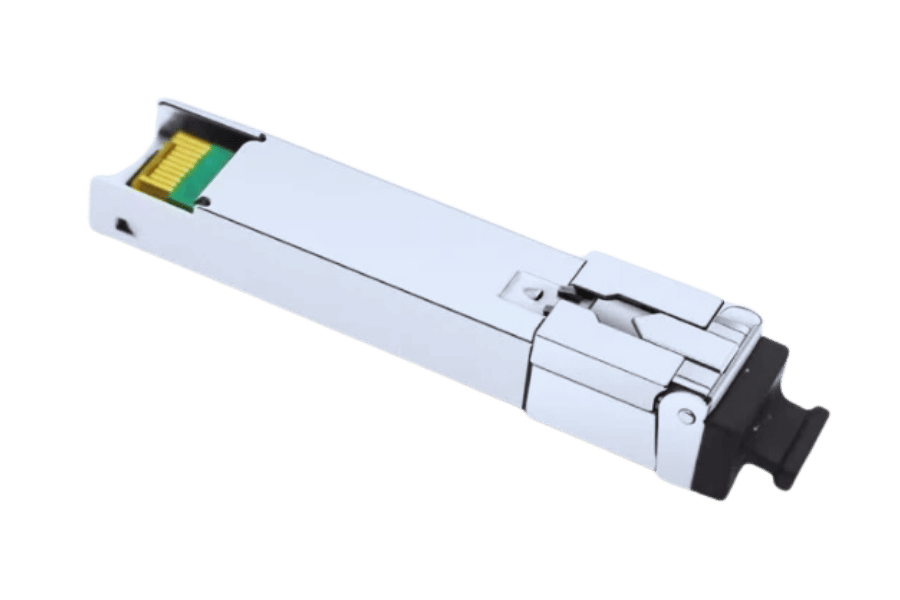
Nokia GPON, or Gigabit Passive Optical Network, is a highly advanced technology that transmits high-speed Internet services via fiber networks. Such a network operates by passively splitting a single signal into various signals which carry data to several nodes. This architecture makes gigabit-speed transmission possible, and there are (latency) delays, and efficiency is high. The technology includes Optical Line Terminals (OLT) located on the premises of service providers and Optical Network Terminals (ONT) installed in customer locations. The system is characterized by TDM for downstream data and WDM for upstream traffic, both giving a good compromise between bandwidth efficiency and cost-effectiveness.
Understanding GPON Technology
GPON is an abbreviation for Gigabit Passive Optical Network. The GPON network architecture is a point-to-multipoint topology that uses optical fiber cables to distribute internet services. GPON is built on a single functional model where one fiber from the ONTGPON OLT can deliver voice and data services to more than one ONTGPON. The single fiber splitting is automatically a passive splitter, enabling OLTs, and the signal is multiplied without supplemental effort, thus improving and allowing the system to be more effective and scalable. Time Division Multiplexing (TDM), as the name implies, is a form of multiplexing where signals are combined into one signal over a shared medium. It involves the usage of separate time slots for each ONT to transmit signals from its router in a controlled manner. Wavelength Division Multiplexing (WDM) allows the use of many wavelengths for simultaneous data on the same fiber, thus increasing the amount of data sent across the fiber and improving performance. This sophisticated approach makes GPON an appealing tool for any telecommunication provider looking to cater to their clients in many domestic and commercial areas with high-speed internet.
Nokia’s Role in GPON Development
Nokia has actively contributed to the advancements and the global adoption of GPON technology. With its history of specialization in telecommunications, Nokia acted quickly to improve the GPON systems, bringing them advanced research and development. The company has full-fledged GPON solutions, which include hardware technologies and all necessary software applications that enhance network efficiency and the scope of the network. Considering the aspect of inter-operation and efficiency, Nokia’s GPON platforms help service providers efficiently meet broadband connectivity needs to diverse customers. In addition, Nokia has been actively cooperating with standardization bodies, which, together with Nokia’s activities in GPON development, guarantees its broad and future-proof technology suitability for networks of various types. Thus, by working and innovating with new technologies, Nokia has redefined fiber optic communication technology dynamics.
Critical Components of Nokia GPON Systems
Nokia GPON systems comprise several critical components that ensure efficient and robust network performance. These include the Optical Line Terminals (OLTs), which serve as the central point in the network, facilitating data transmission to and from various Optical Network Terminals (ONTs). Additionally, the ONTs are crucial as they act as the customer-premise equipment, converting optical signals into electrical signals for end-user devices. The Optical Distribution Network (ODN) forms the physical fiber network that connects the OLTs to ONTs, encompassing a range of passive optical components such as splitters and connectors. Finally, Nokia’s management software plays a vital role in streamlining network configuration, monitoring, and maintenance tasks, ensuring optimal operation and reliability. Collectively, these components represent the cornerstone of Nokia GPON systems, providing scalable and high-performance fiber optic solutions.
How Does Nokia GPON Enhance Fiber Networks?
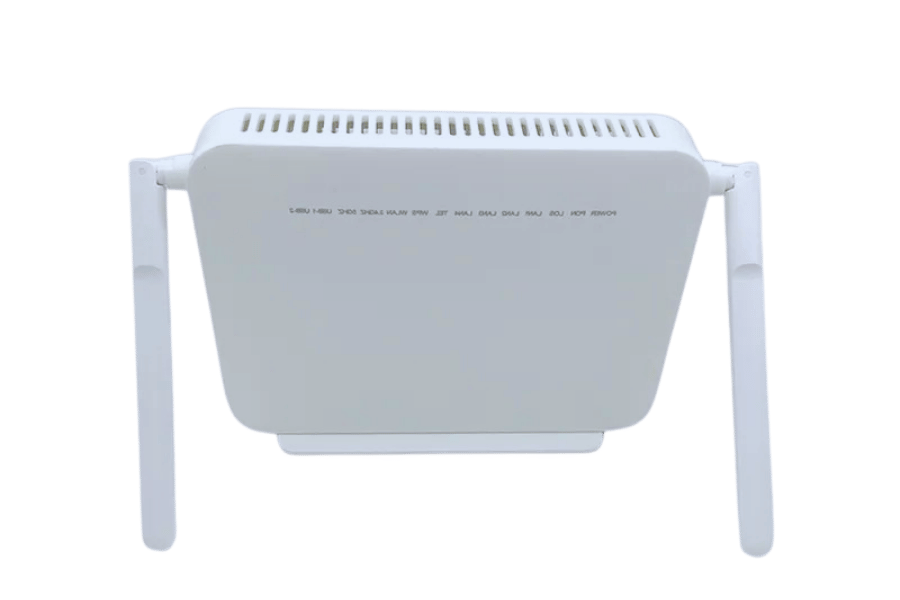
Advantages of GPON Over Traditional Fiber
An essential benefit of gp on technology is that it is slightly more efficient than st.” Moreover, one noteworthy advantage is that GPON networks allow wire-speed subcarriers to be added or removed without reconfiguration. However, this feature is likely also present in GPON. GPON has architectural characteristics that make it more cost-effective than streaming video over the conventional fiber interface of a network. These improvements reinforce GPON’s superiority in creating future-oriented fiber networks.
Integration with Existing Fiber Optic Infrastructure
Le réseau fibre GPON peut être facilement intégré dans le réseau fibre existant car la technologie GPON peut être utilisée sans avoir à modifier les systèmes GAO existants, tout en tirant les avantages de la technologie GPON. D’après mes recherches sur des sources en ligne de premier plan, le processus d’intégration consiste à greffer des OLT GPON progressivement dans l’architecture existante et à placer les ONT chez le client. De cette façon, pour simplifier la répartition GPON passive optique, l’interaction avec les réseaux fibre classique est encore possible. En outre, si le logiciel de gestion est paramétré pour la gestion de protocoles d’autres réseaux intégrés et le nouveau réseau GPON, les transitions d’introduire les caractéristiques de bande passante de systèmes GPON gérés dynamiquement sont également possibles. L’intégration implique également de concevoir de manière appropriée la disposition des fentes et des connecteurs dans le réseau pour éviter la détérioration du signal et pour le fonctionnement optimal du réseau.
Nokia’s Innovations in Fiber Technology
My recent inquiry into the leading sources has demonstrated to me that Nokia has established itself among the fiber technology developing solutions in the cutting edge, further the company has made considerable advancements into the field. They were the first to come up with technologies like their Quillion chipset, which improves the effectiveness and capacity of fiber networks so that they can meet high data demands and regulatory standards. Moreover, Nokia demonstrates its commitment to sustainability through its energy-optical solutions that greatly lower electricity costs. In addition, they are engaged in making systems that interoperate, and this will make it easier to deploy more advanced digital communication networks by ensuring that Nokia’s fiber solutions can work with the existing systems. These innovations are evidence of Nokia’s ambition to remain at the forefront of providing innovative connectivity solutions that meet both current and potential requirements.
What Are the Specifications of Nokia GPON ONT and OLT?
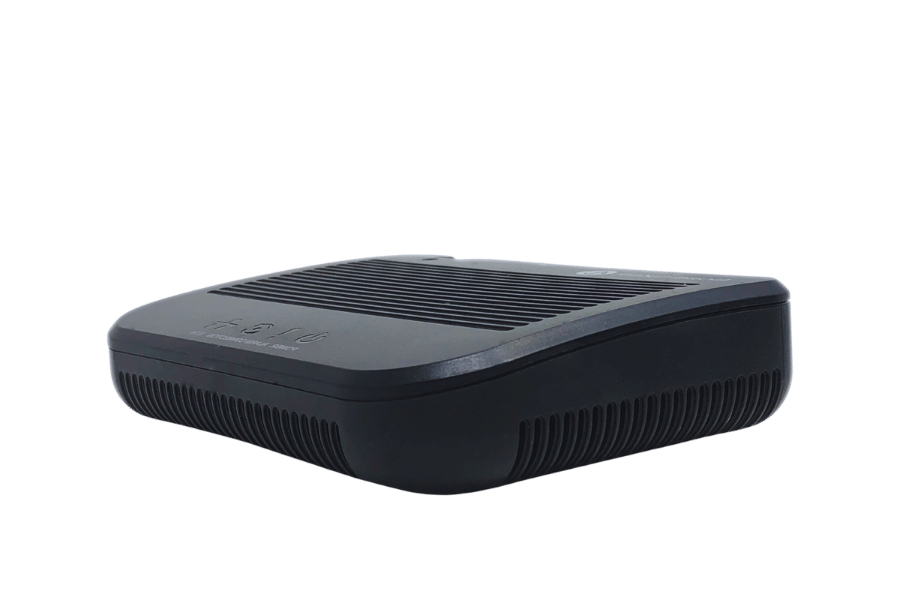
Technical Details of GPON ONT
Nokia constructs GPON (Gigabit Passive Optical Network) Optical Network Terminals (ONTs) to extend high-speed broadband access in a reasonable bandwidth allocation. Usually, the ONTs include several ports that function under the Gigabit Ethernet standard for interconnecting different wired devices on household or office premises. They are also very often equipped with improved Wi-Fi functionality by using two frequency bands simultaneously. To ensure the safety of secured data transmissions, the devices provide security features like firewalls, MAC filtering, and Encryption Protocols. Moreover, these ONTs are compatible with Nokia’s Optical Line Terminals (OLT) for which enhances the standards of our products and guarantees trouble-free links between numerous applications.
Exploring the Features of GPON OLT
Nokia’s GPON OLTs are essential parts of fiber-broadband networks aimed at providing high-capacity data transfer and stable network control. OLTs have some advanced traffic system management in place, which guarantees better resource bandwidth allocation and quality of service for a wide range of applications. The OLTs can also scale up with high port density, ensuring the broader network’s quality and performance when the expansion is significant. Apart from this, there are standard security measures implemented, such as access control and intrusion detection, to secure the OLT from theft and other malicious activities. Furthermore, with Nokia’s GPON OLTs, the network configuration, supervision, and maintenance can easily be done through user-friendly software interfaces, thereby minimizing operational difficulty and expenses. These qualities ensure that GPON OLTs are appropriate when fast broadband services have to be assured.
Compatibility and Compliance with Standards
All GPON OLT and ONT hardware conform to the international requirements of telecommunications networks to work within any existing infrastructure and with any service providers. They have been designed to satisfy the requirements specified in ITU-T G.984 and G.988 standards, which define the GPON systems, thus enabling their operational use within the existing fiber optic equipment environments. This compliance guarantees the interoperation of these devices with other vendors’ equipment, thus bringing flexibility and enhancing wide application. Also, because Nokia cares about industry standards, such devices are reliable, minimize downtime, and ensure similar working characteristics across different environments of applications, making them ideal for use in contemporary broadband network solutions.
How Does the Nokia GPON SFP Module Function?
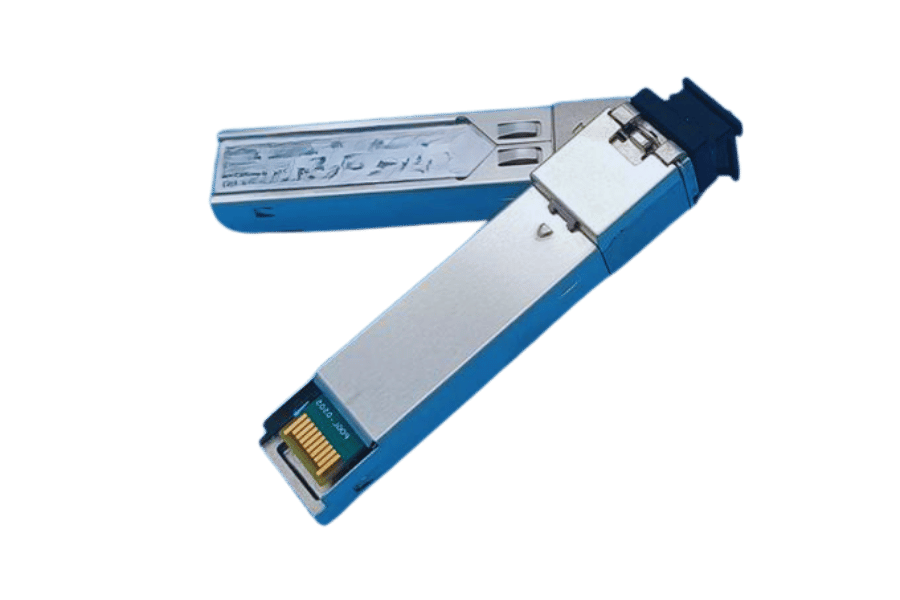
Inside a GPON SFP: Functions and Features
A GPON SFP (Gigabit Passive Optical Network Small Form-factor Pluggable) module is a tiny transponder that connects other devices on the GPON network. It functions as a converter of optical packets to electrical ones, allowing information to be transmitted over optical fibers. Usually, these modules are designed to work with two data flows, where both flows have their transmission made on a single fiber but at different wavelengths in each direction. Furthermore, GPON SFP modules are ITU-T based, which makes them interoperable with various network devices and optimally fit the deployed network structures. The modules are frequently hot-swappable and allow the introduction of modular changes to the network for upgrades and expansion without any downtime, improving the network’s flexibility and robustness.
Benefits of Using SFP Modules in GPON Networks
The choice of SFP modules as spare parts for GPON networks is justified due to the compatibility of the spares with the growth of the networks and the improvement of performance indicators. First of all, SFP GPON modules are built to be hot-swapped, allowing easy plugging without interruption to the system, thus providing maintenance-free services. Secondly, they allow numerous applications at any time, even those requiring more bandwidth, which has been rising. Besides, it is common for most GPON SFP modules to abide by regional specifications, thus allowing compatibility with several devices and giving the component potential for expansion in engineered network subsystems. Finally, their small physical dimensions allow real estate to be saved in the network equipment, meaning that they are well suited for use in situations where space is the limiting factor for proper deployment of the GPON system.
Nokia’s SFP Modules: What Sets Them Apart?
Nokia’s SFP modules have increased technology and comply with the standards to ensure maximum levels of compatibility and efficiency in various network setups. They are designed to deliver ultra-broadband connectivity with increased data capacity, fulfilling the requirements of modern telecommunication networks. It should be highlighted that Nokia’s SFP modules have, more often than not, energy-effective designs and increased life durability, which saves the cost of overall maintenance due to the extended lifetime of the module. Furthermore, these modules are also equipped with advanced management and diagnostic capabilities for efficient monitoring and fault finding, improving network and user operational efficiency.
How do you deploy Nokia GPON for Broadband Solutions?
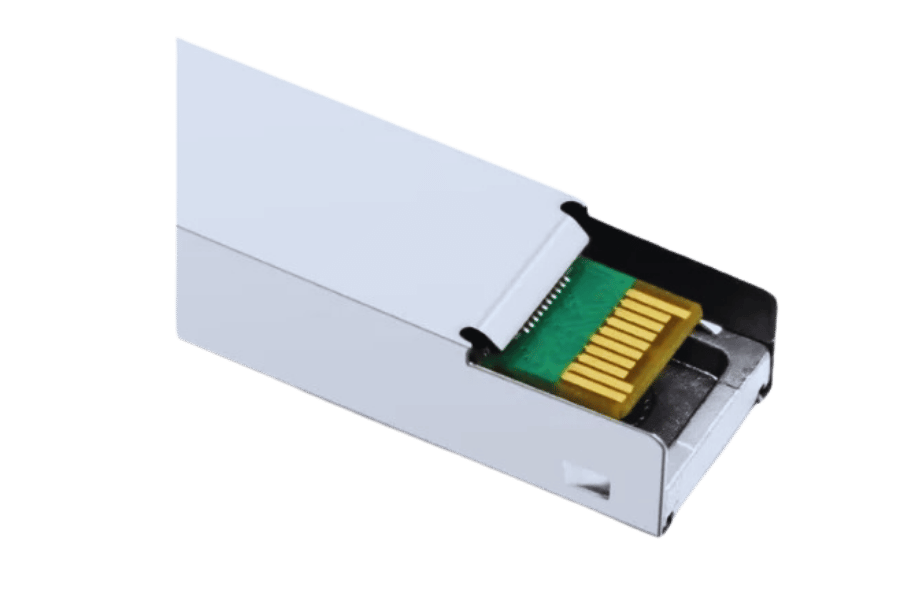
Step-by-Step Guide to GPON Deployment
- Assess Network Needs: Take stock of bandwidth requirements and whether the needed structures are in place.
- Plan GPON Layout: Design the GPON architecture for the best coverage and utilization.
- Select Proper Equipment: Procure Nokia GPON devices according to their capacity and potential to expand.
- Install OLT: Install OLT devices within the NOC to interface with the core network.
- Distribute ONUs: Dispense ONUs such that the ONUs are located at the subscriber sites and preferably at the most optimal distance for maximum signal level.
- Lay Fiber Cables: Run fiber optic cables linking the OLT to the ONUs, aiming at the least distance to prevent signal attenuation.
- Configure Network Settings: After making the necessary settings, the user must log onto the network of ONUs and OLTs.
- Conduct Performance Testing: Check that the network performs well, especially in terms of speed and reliability.
- Initiate Service Activation: Start offering internet broadband services to consumers after proper tests and validation have been done.
- Monitor and Maintain: Employ Nokia management applications for periodic checkups and restoration of the service and for long term service reliability.
Overcoming Challenges in GPON Implementation
Implementation of the GPON network is not without its challenges, but these can be easily dealt with with effective management techniques. One of the difficulties stems from the upfront capital costs of deploying fiber networks. This can be alleviated by carrying out cost-benefit studies and phased deployments of easy-to-install fiber optic equipment spread across periods. Similarly, fiber infrastructure management within crowded urban regions requires strategic engagement with appropriate institutions to safeguard our services while reducing interference. Signal attenuation and distance limitations in passive optical networks can be addressed through proper component selection and network design aimed at improving the system’s performance. The risk of network underperformance is minimal as Nokia’s sophisticated diagnostic software tools identify and fix problems before they occur.
Ensuring Quality and Reliability in Broadband Services
In the competitive telecommunications market, operators are constantly improving their infrastructures, technologies, and management methods to achieve the necessary quality and reliability of broadband services. According to leading scholars, achieving these goals includes constant inspection of the network and its maintenance as one of the ways to address problematic issues prior to their demonstration to end-users. Traffic Essential Work Orders can avoid all of the problems surrounding communication lines. Consider building fiber optics and 5 G networks as a way of sustaining and developing the speed and reliability of communication. In addition, building focused support service centers can quickly answer user issues, improve user satisfaction, and reinforce customer loyalty. Therefore, broadband providers should invest in growing infrastructure and new technologies to supply consumers with desired high-quality internet services.
What Are the Latest Trends in Nokia GPON Technology?
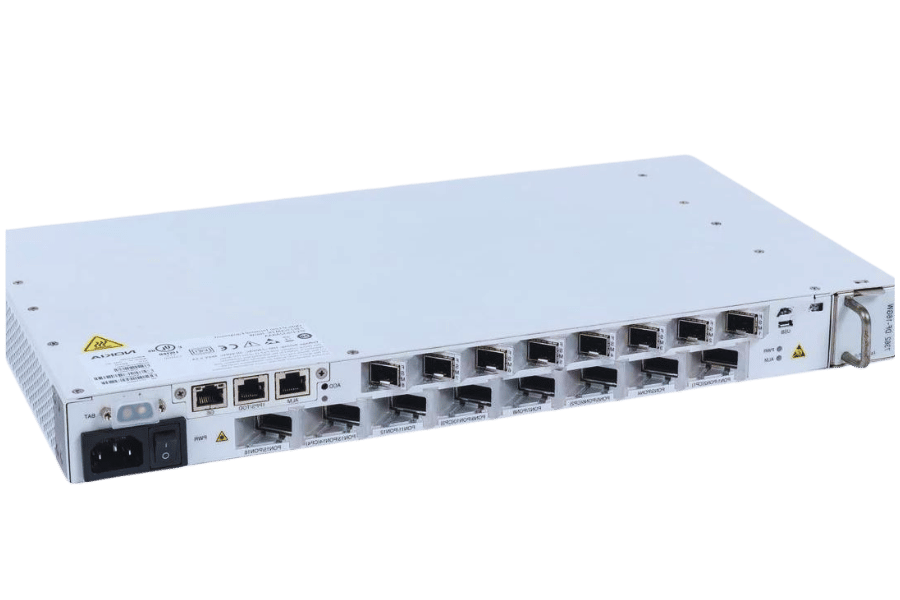
Exploring Next-Gen GPON Capabilities
Nex-gen GPON technology also improves the possibilities of passive optical networks by enhancing the data rates and the seamless integration of multiple services. One of the key trends in GPON technology is the NG-PON2 upgrade, based on multi-wavelengths, which extends the allowance to allocate bandwidth and network efficiency. Furthermore, the time-and-wavelength-division multiplexing technique (TWDM) included in NG-PON2 allows for the coexistence of different subscribers and services, allowing efficient resource usage. Another development is the improvement of energy efficiency through improved mechanisms for dynamic bandwidth allocation and power saving, which helps reduce the cost of operation and the environmental effects. These developments make GPON a crucial technology in this age of galloping demand for higher capacity of wide-area broadband and more connections.
The Role of Nokia in Future GPON Developments
In response to wide advancements in telecommunication technology, Nokia has emerged as a key player through its aggressive measures aimed atnetworking technology. Advanced Passive Optical Network (PON) systems have revolutionized telecommunications infrastructure. Beijing has been witnessing rapid development of optical GPON refractor collar rings for several years. Drawing on its long-standing knowledge of optical networks, GPON interfaces have also been developed and rolled out in compliance and optimization with its massive optical networks. Consequently, the firm spends a lot of money on research and development to boost GPON performance by increasing network speeds and efficiency and relying on the fiber optic equipment deployed. A salient aspect of Nokia’s role is its embodiment of NG-PON2 technology, which easily incorporates many wavelengths for greater capacity and flexibility. By seamlessly meshing high technology in SDN with NFV, which results in deployment simplicity, Nokia easily enables significant advancements in GPON infrastructures. In today’s great gaping challenges in embracing effective and clean technologies, Nokia’s considerable focus on low-energy design and practices also speaks volumes about their commitment level. Because of this, Nokia has a huge role in defining the next phase of high-speed broadband networks.
Impact of 25G PON and XGS-PON on Broadband
With advancements in 25G PON and XGS-PON technologies, the horizon of broadband has improved tremendously in both speed and capacity. UK, US, and Canadian experts remain optimistic that faster delivery of Bandwidth through 25G PON Fibre to Home will allow deployment of services such as 4K video streaming, virtual reality, and advanced cloud computing. It enables a more effortless adjustment for providers who need to meet the increasing demands of users and the rapidly expanding Internet of Things. On the other hand, XGS-PON can deliver 10 gigabits per second, both downstream and upstream, for residential and business consumers for their applications that require those speeds. It has also been noted that XGS-PON provides excellent solutions for scalable networks and delivers services cost-effectively. It is recognized that both technologies are helping to reduce the digital divide as they increase the availability of high-speed broadband to more metropolitan areas.
Reference Sources
Frequently Asked Questions (FAQs)
Q: What is the Nokia GPON, and what makes it revolutionary in optical networks?
A: Nokia GPON, which stands for Gigabit Passive Optical Network, is a new and modern technology that expands the reach of FTTH networks. It delivers high-speed Internet access through single-mode fiber (SMF) and high-level optical transceivers so that end users receive gigabit speeds while ensuring enhanced network performance and minimized operational costs.
Q: What are the essential characteristics of Nokia GPON ONUs (Optical Network Units)?
A: ONUs manufactured by Nokia GPON are also relatively easy to install and can work with a variety of GPON OLT systems. They typically are scalable to 2.5Gbps downstream and 1.25Gbps upstream, have SC connectors for fiber connection, and come with built-in Wi-Fi, which enables wireless networking and access in the house or business.
Q: How many kilometers do Nokia GPON signals work?
A: Nokia GPON technology allows for maintaining cable distances of up to 20km from the central office to the end user without needing amplifiers. This long-reach capability is very suitable for both urban and rural deployments, enabling operators to optimize the use of their fiber infrastructure assets.
Q: Do Nokia GPON SFP transceivers work with equipment made by other manufacturers?
A: Many Nokia GPON SFP transceivers may be utilized with GPON OLT equipment of other vendors since this is how they were designed. The Nokia 3FE53441ACAA compatible GPON OLT SFP, for instance, can frequently be utilized in systems from other manufacturers, offering operational freedom in the expansion and design of networks.
Q: What is the defined meaning of Class C in the GPON systems installed in Nokia?
A refers to the equipment’s optical power class in this case. Devices that belong to Class C allow for greater power budgets, which means that longer distances can be achieved for transmission or higher split ratios within the passive optical network. Such classification is necessary to ensure that the optical modules are, to some extent, compatible and perform standard features.
Q: Where can the genuineness of Nokia GPON optical modules be checked?
A: The original Nokia GPON optical modules are high-quality products characterized by a unique serial number that can be verified through official contacts with Nokia. Besides, such modules have Digital Optical Monitoring (DOM) features and can monitor real-time parameters such as temperature, transmit and receive power levels, and many more, thus assuring the quality of the products.
Q: Is the Nokia GPON technology ready for future network requirements?
A: Yes, GPON is developed to evolve in terms of use and technology. Ordinary GPON systems provide a Data Rate of 2.5 Gbps / 1.25 Gbps performance. However, Nokia is already working on 10G GPON solutions ready for introduction in high-speed data networks. This guarantees operators will simply replace active devices to meet the bandwidth requirements without reconstructing their entire fiber cable network.
Q: How does Nokia GPON fit with government schemes, including the Department of Commerce BEAD program?
A: Although the focused Nokia GPON three models do not match the current Department of Commerce BEAD program, they can breach and complete local deployment, which will reduce cost per region and thus strengthen the program’s aims to increase internet coverage across the US.
